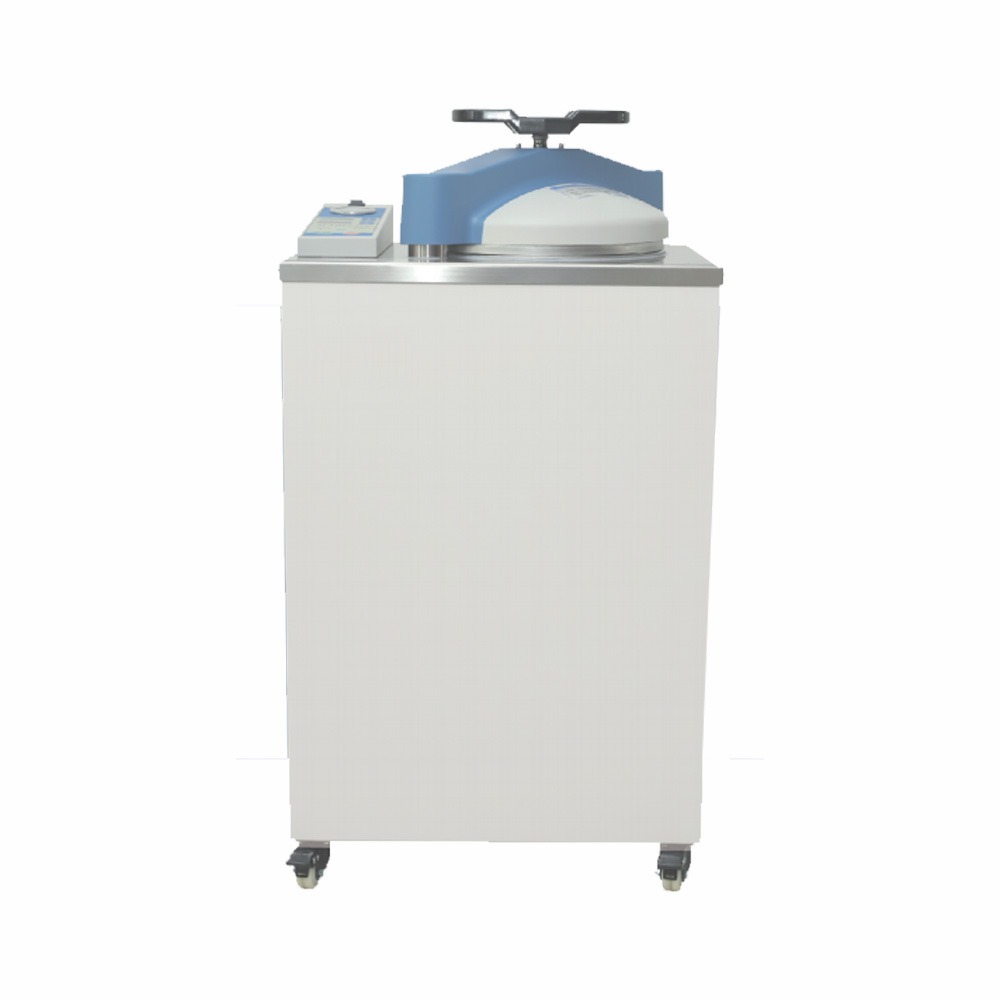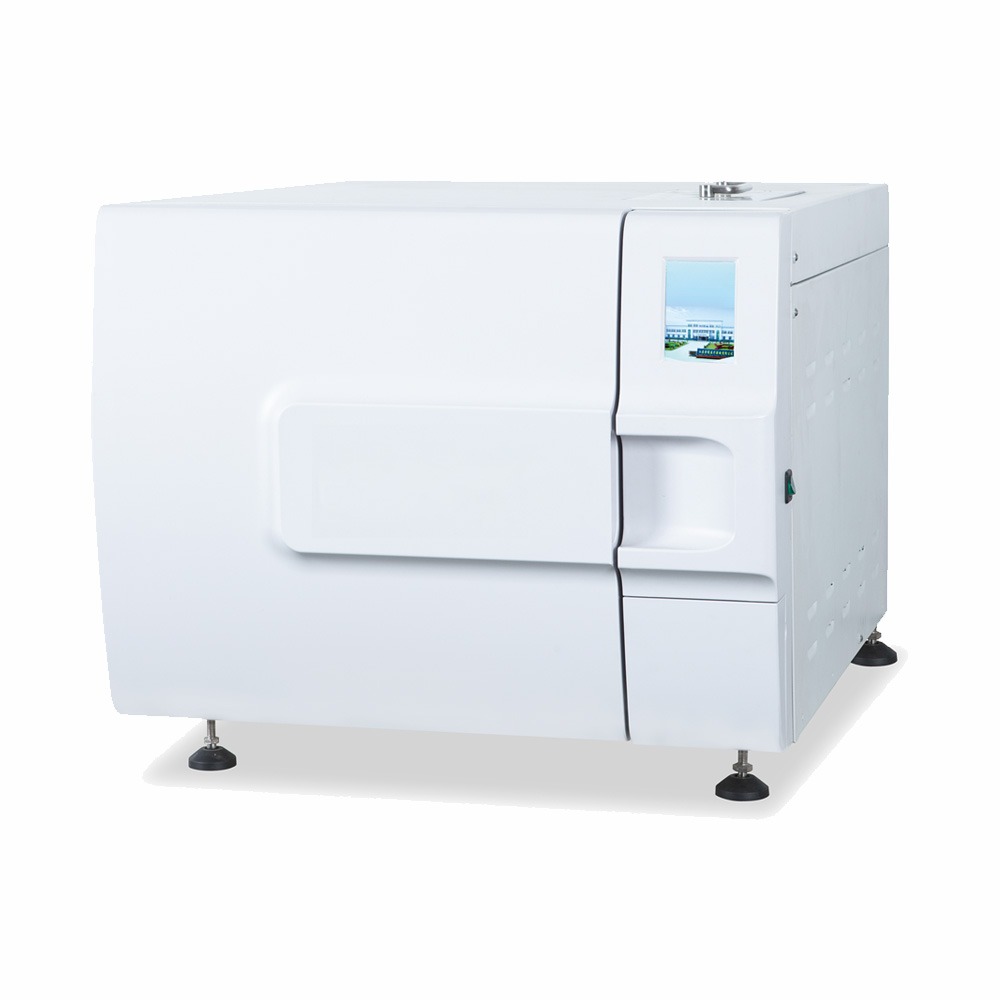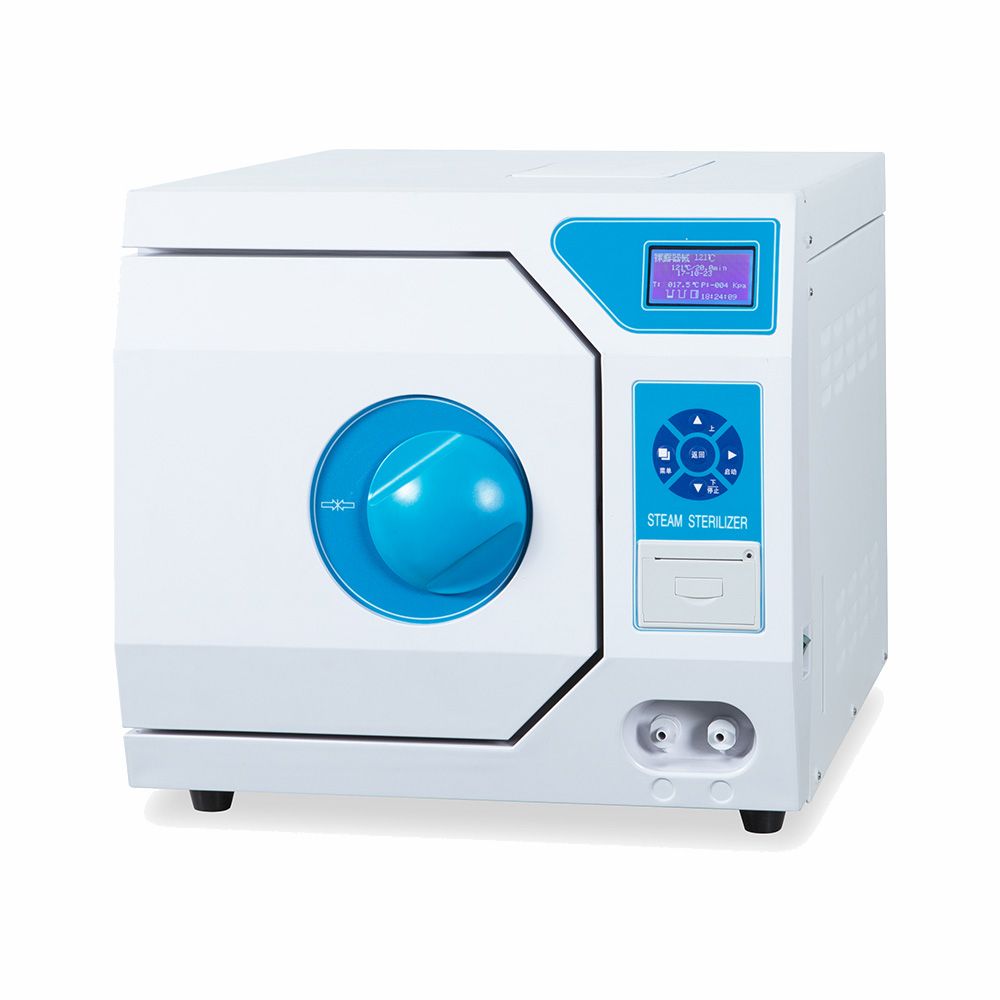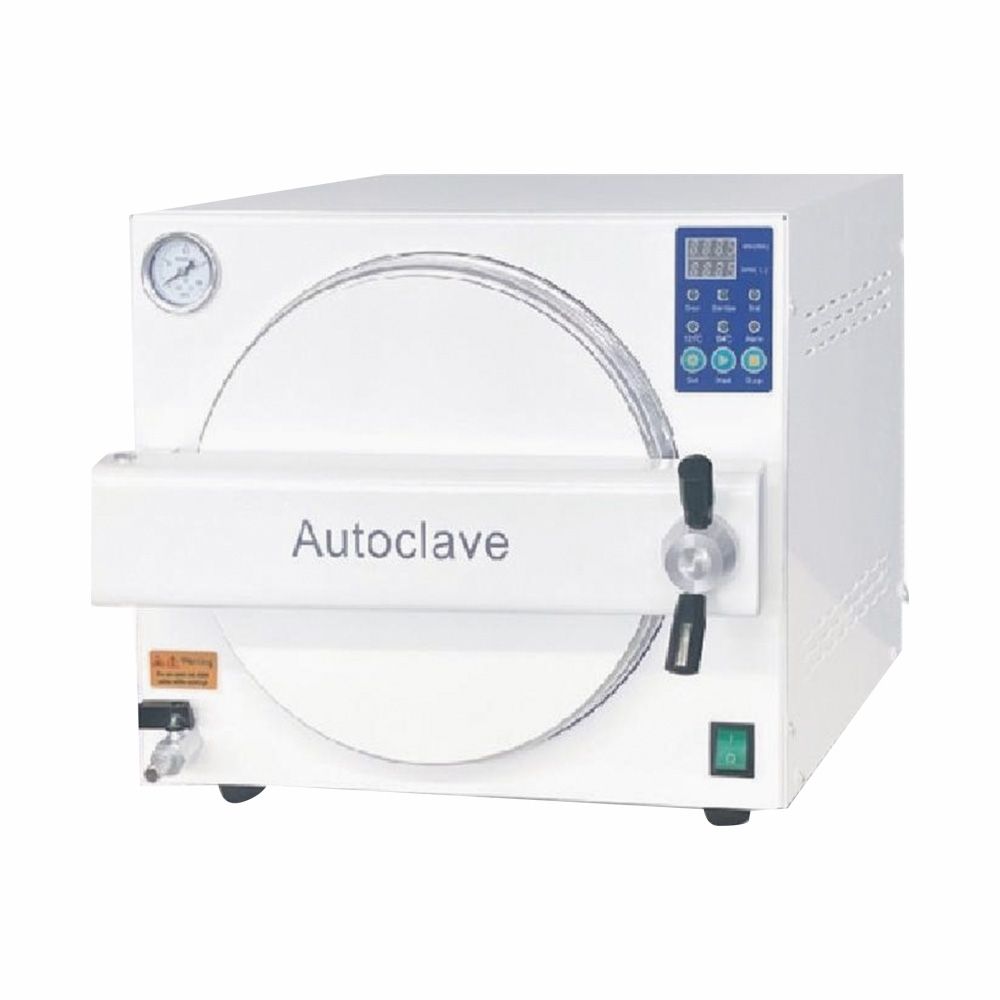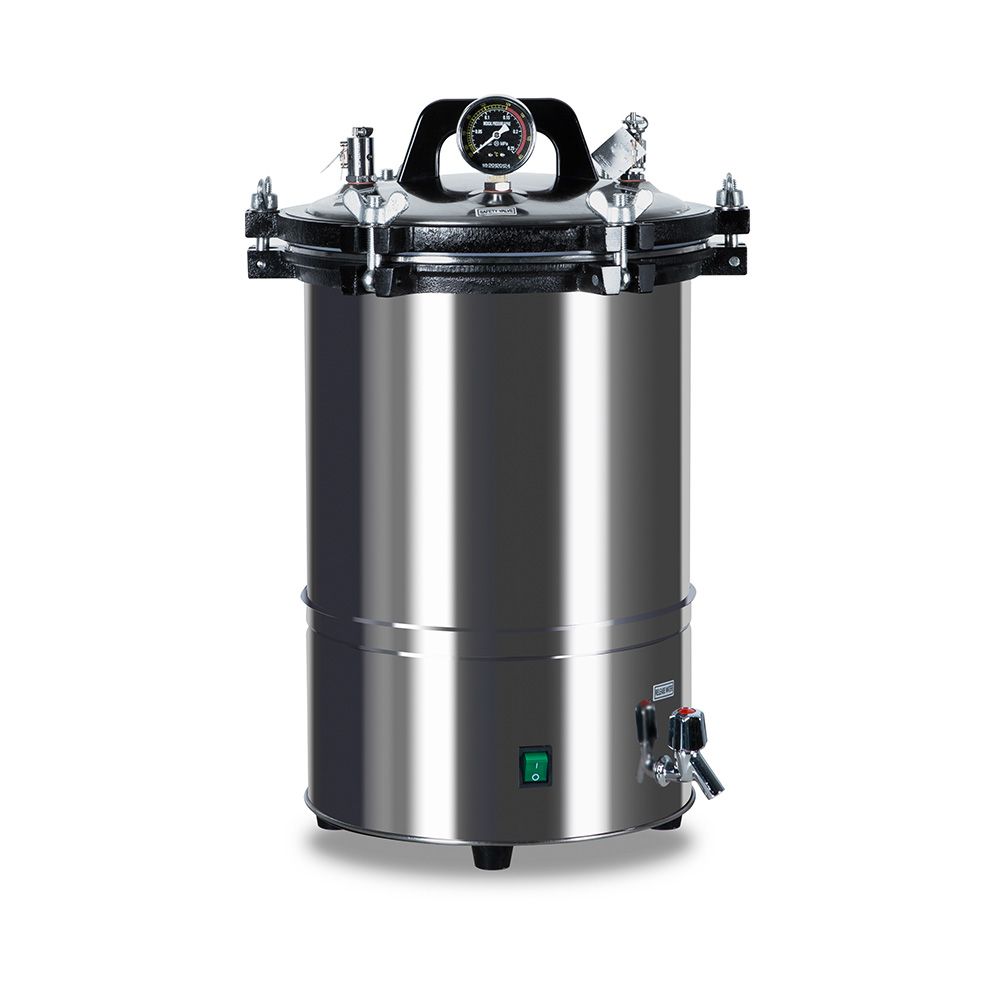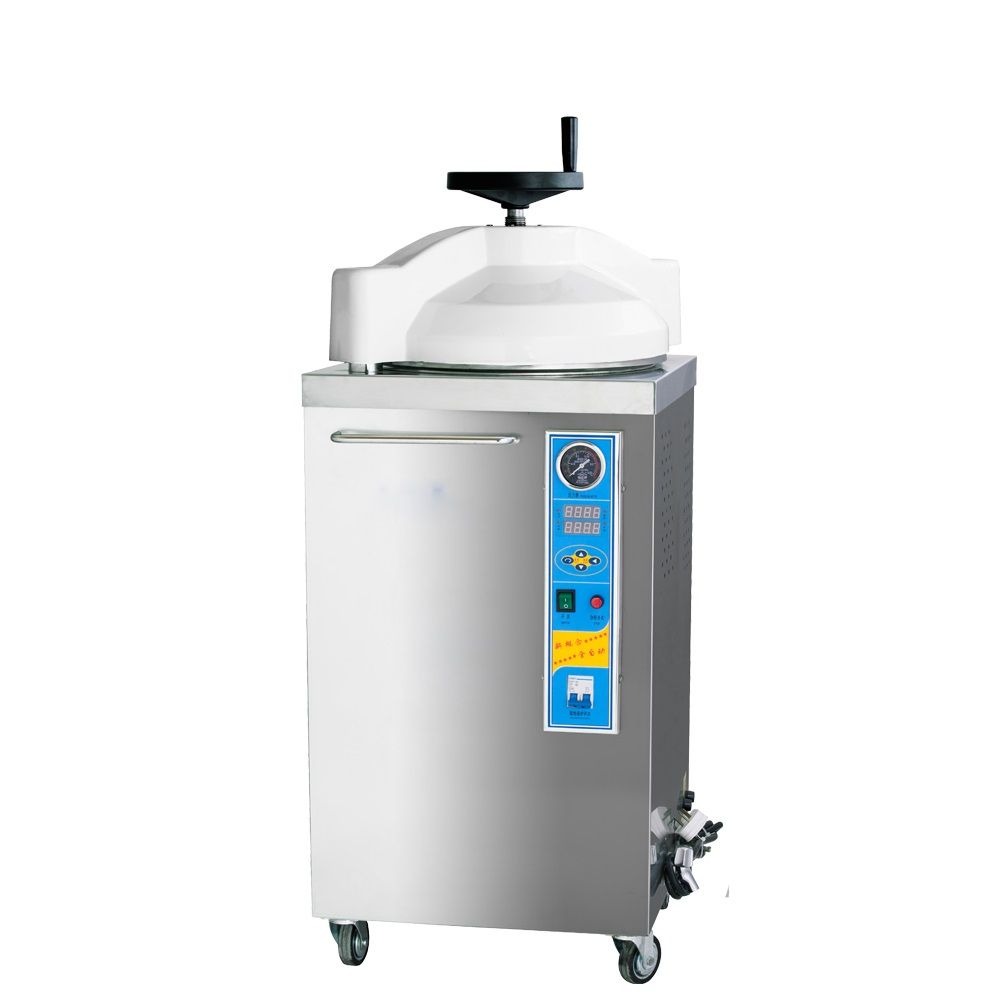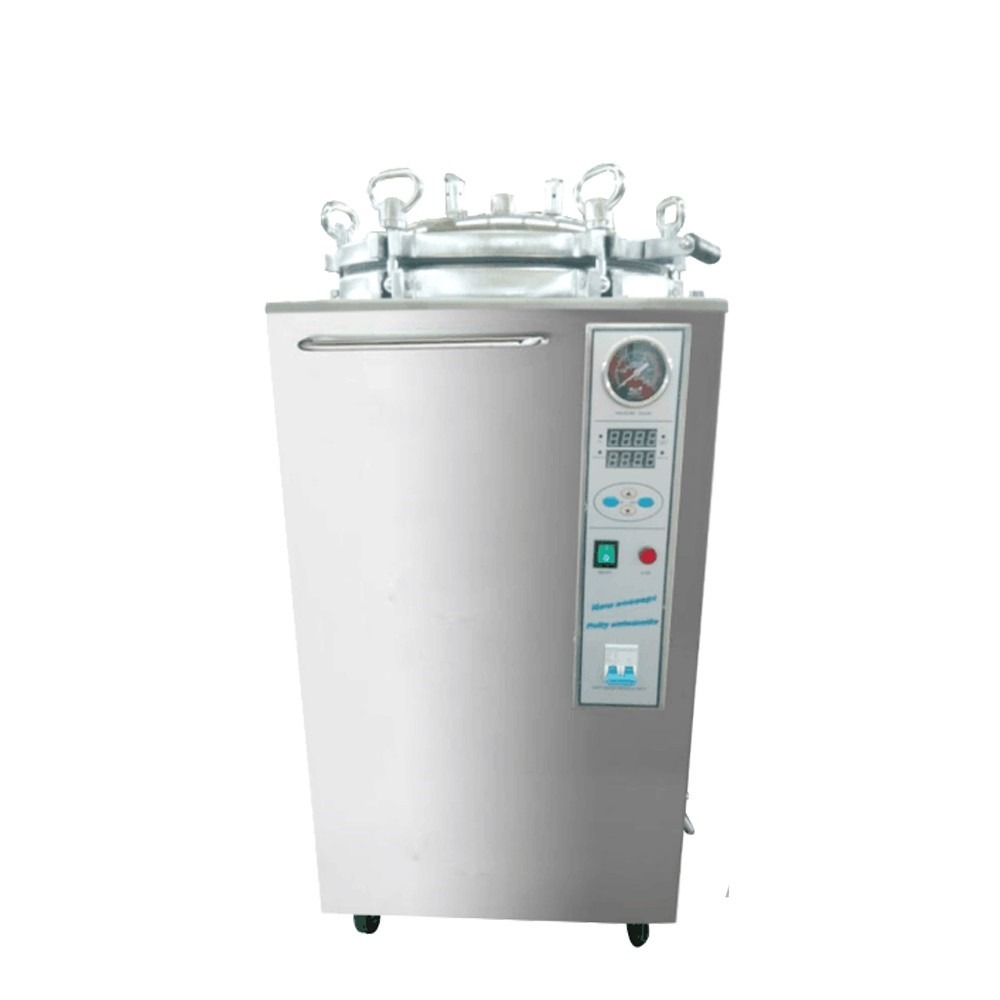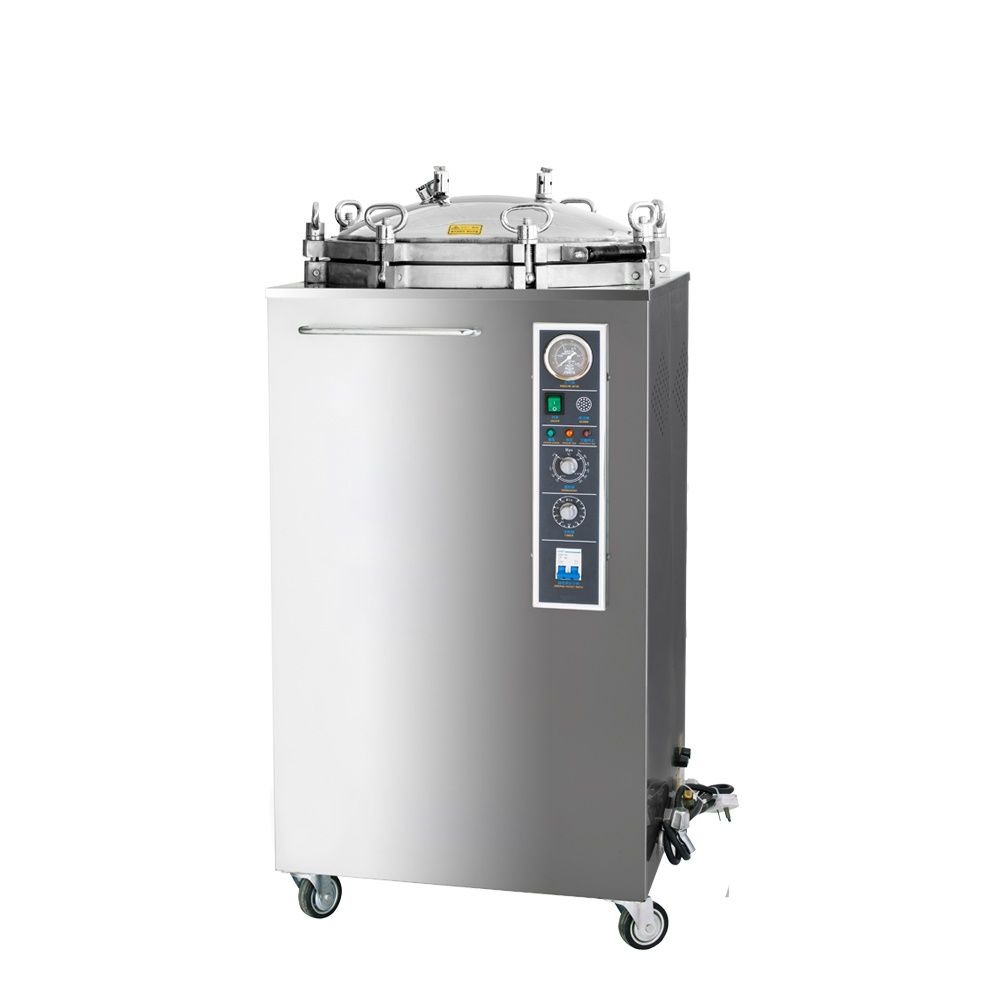Whether working in medical research, biotechnology, or chemical analysis, maintaining the sterility of equipment and surfaces is critical to safeguarding both personnel and experimental integrity. The choice of sterilization method—steam sterilization, UV radiation, and chemical sterilization—depends on the specific needs of the lab and the nature of the items being sterilized. In this article, we explore the key sterilization equipment, their applications, and how to choose the best one for your laboratory.
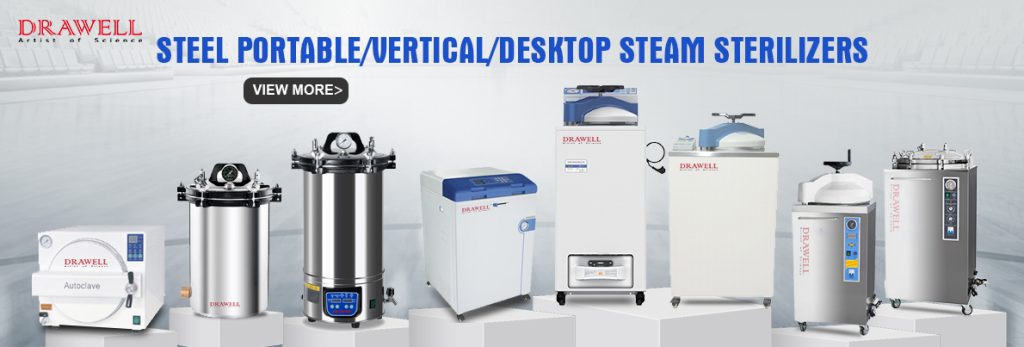
The Role of Sterilization in Laboratory Safety and Accuracy
Sterilization is more than a routine process, it’s an essential practice that upholds the credibility of laboratory work and protects against biohazards. Proper sterilization:
- Preventing infections: Pathogens can contaminate lab surfaces, equipment, and even the air, potentially leading to infections among researchers.
- Minimizing biohazards: Proper sterilization helps to contain and eliminate biohazardous materials, such as infectious agents, ensuring a safe working environment.
- Eliminating contamination: Microbial growth can interfere with experiments by consuming nutrients, altering chemical reactions, and producing unwanted byproducts.
- Maintaining sterility of cultures: In microbiology and cell culture, maintaining sterile conditions is essential for the growth and isolation of pure cultures.
- Ensuring reliable results: Contamination can lead to inaccurate or misleading results, wasting time, resources, and potentially compromising the validity of research findings.
Without effective sterilization practices, even the most advanced experiments can falter. Selecting the appropriate equipment ensures a foundation of safety and precision.
3 Main Sterilization Methods
Among the most prevalent sterilization methods are steam sterilization, UV sterilization, and chemical sterilization. Each of these techniques is uniquely suited to specific applications, offering varying levels of efficiency, safety, and compatibility with different materials.
Steam Sterilization (Autoclaves)
Steam sterilization is one of the most widely used methods in laboratories. It commonly performed using an autoclave, is a highly effective method that utilizes high temperature and pressure to kill microorganisms.
Autoclaves use pressurized steam at temperatures of 121-134°C. Items are placed in a sealed chamber where high heat and pressure work together to destroy microbial life, including spores.
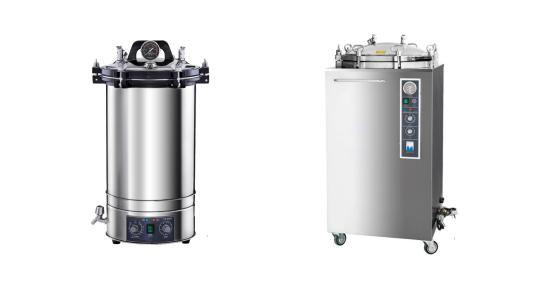
Advantages:
- Highly effective: Kills a wide range of microorganisms, including bacteria, spores, and viruses.
- Reliable: Consistent results when operating parameters are correctly maintained.
- Cost-effective: Relatively inexpensive to operate and maintain.
- Suitable for a wide range of materials: Can be used to sterilize glassware, metal instruments, media, and some liquids.
Limitations:
- Not suitable for heat-sensitive materials: Can damage plastics, rubber, and electronics.
- May not be suitable for all liquids: Some liquids may boil or decompose at high temperatures.

UV Sterilization
UV sterilization utilizes ultraviolet (UV) radiation, specifically UV-C light, to inactivate microorganisms.
UV-C light at a wavelength of 254 nm penetrates microbial cells, disrupting their genetic material and rendering them unable to replicate. It is commonly used for surface and air sterilization.
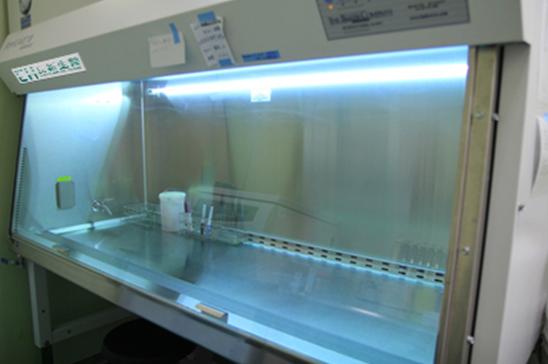
Advantages:
- Effective against a wide range of microorganisms: Kills bacteria, viruses, and some fungi.
- Relatively quick and easy to use: Quick sterilization for surfaces, equipment, and air.
- Non-toxic: Does not leave chemical residues.
Limitations:
- Limited penetration: Limited to direct-line-of-sight exposure; shaded or porous surfaces may not be fully sterilized.
- Ineffective against some microorganisms: May not be effective against spores or viruses with resistant outer layers.
- Can damage some materials: Prolonged exposure to UV light can degrade certain plastics and cause discoloration.
UV sterilization is an excellent choice for maintaining a sterile environment in biosafety cabinets, air purification systems, and laboratory benches. However, it’s best used as a complementary method rather than a standalone solution.
Chemical Sterilization
Chemical sterilization uses liquid or gaseous agents to eliminate microorganisms, making it suitable for heat-sensitive materials.
Chemical agents such as ethylene oxide, bleach, and alcohol are applied to items either through soaking, spraying, or vaporization. These chemicals disrupt cell membranes and proteins, effectively killing microbes.
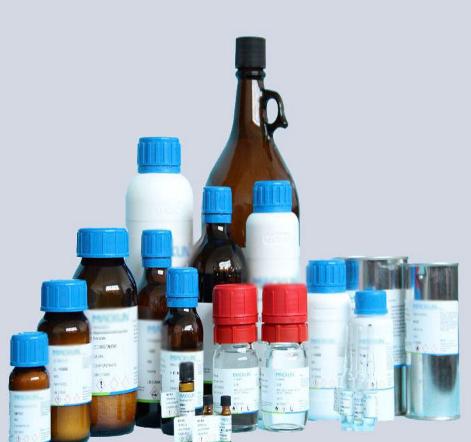
Advantages:
- Effective against a wide range of microorganisms: Can be used to sterilize heat-sensitive materials, including medical devices and implants.
- Can penetrate into hard-to-reach areas: Suitable for sterilizing complex shapes and porous materials.
Limitations:
- Can be toxic: Some chemicals are hazardous to humans and the environment.
- May require longer exposure times: Can take longer to achieve sterilization compared to other methods.
- Potential for residue: Chemical residues may remain on sterilized items, which can be harmful or interfere with subsequent processes.
Chemical sterilization is indispensable for delicate materials and specific lab requirements. However, safety precautions and proper handling are crucial when using chemical agents.
Each sterilization method has unique strengths and limitations. Here are the comparisons:
| Method | Advantages | Limitations | Best Use Cases |
| Steam | Cost-effective, reliable | Not for heat-sensitive materials | Glassware, surgical tools |
| UV | Fast, chemical-free | Limited to direct exposure | Surfaces, air sterilization |
| Chemicals | Suitable for heat-sensitive items | Potential toxicity, long process | Plastics, biohazards |
While steam sterilization is a workhorse for general use, UV and chemical methods cater to more specialized needs. Combining these techniques can achieve comprehensive sterilization.
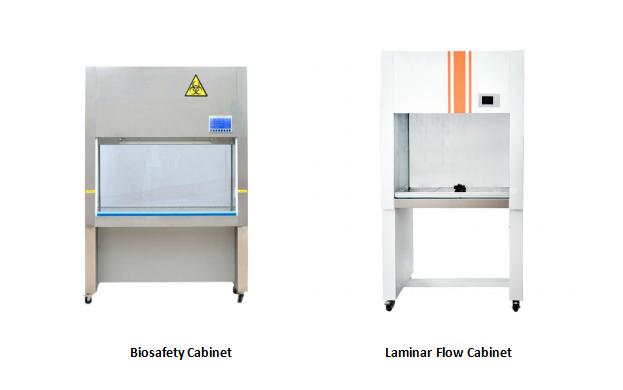
Factors to Consider When Choosing a Sterilization Method
Selecting the right sterilization method depends on various factors unique to your lab’s operations and equipment. Such as:
- Type of Materials: Heat-sensitive items require UV or chemical methods, while durable tools can handle steam sterilization.
- Budget: Steam sterilizers may have a higher upfront cost, but UV and chemical methods can incur ongoing expenses for supplies.
- Regulatory Requirements: Adhere to safety standards, particularly in medical or pharmaceutical labs.
- Throughput Needs: High-volume labs may prioritize methods that are fast and efficient.
- Environmental Impact: UV methods are more sustainable compared to chemical disposal requirements.
Steam, UV, and chemical sterilization methods each offer distinct benefits and are suited to different scenarios. Steam sterilization excels with durable materials, UV sterilization ensures quick and eco-friendly results for surfaces and air, and chemical sterilization caters to delicate, heat-sensitive items. By understanding the strengths and limitations of each method, laboratories can create a tailored sterilization strategy that ensures safety, compliance, and reliability in all operations. Looking for steam sterilization equipments? Contact us now.

